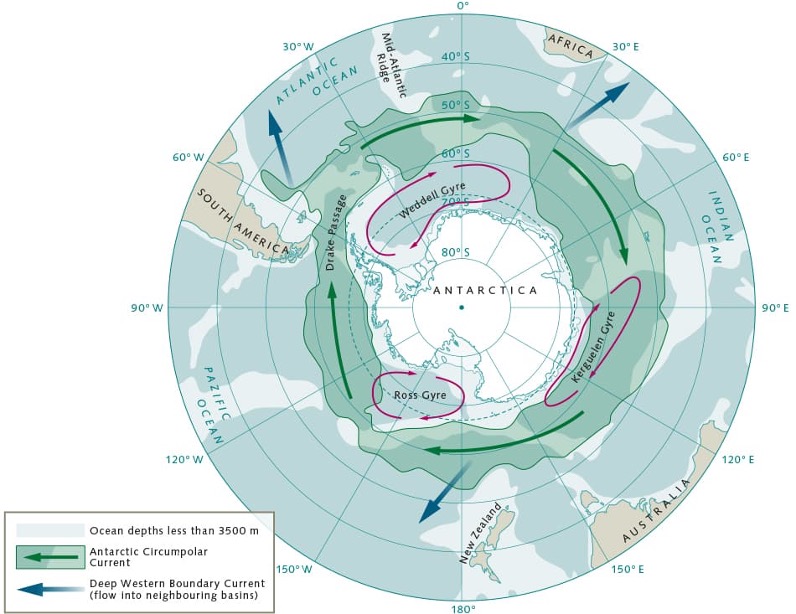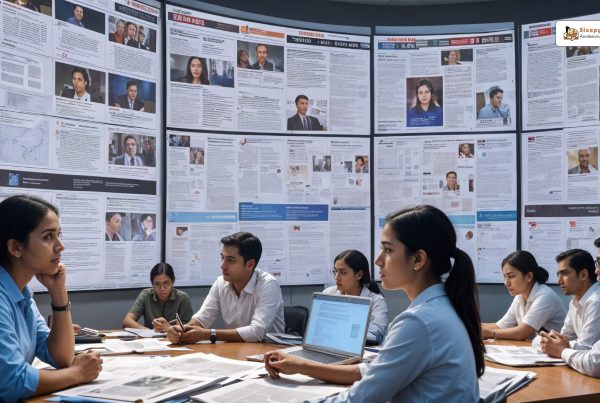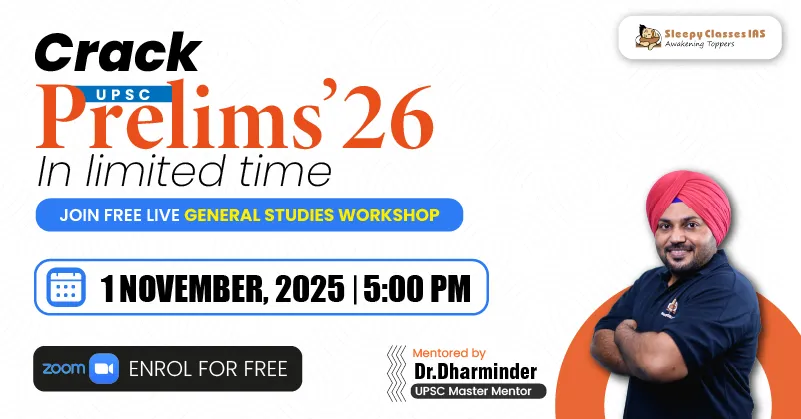Question 1
Economy | Basics | Easy | The Hindu
SOURCE
Consider the following:
1. Mining and quarrying
2. Fishing
3. Energy utilities
4. Insurance and banking
5. Information technology (IT)
6. Automobile production
Which of the above are secondary activities?
A. 1 and 4
B. 2 and 5
C. 3 and 6
D. None of the above
Solution & Detailed Explanation
Answer: (C) 3 and 6
Detailed Explanation
- Primary sector companies are directly engaged in the extraction and harvesting of natural resources. Mining and agriculture are examples.
- Secondary sector companies produce goods using the raw materials harvested by primary sector companies. Manufacturers are secondary sector companies.
- Tertiary sector companies are service providers. They may be retailers, financial service providers, or entertainment companies.
- Quaternary sector companies are engaged in knowledge-based activities such as information technology, research and development, and consulting services.
- Primary sector business activities include the following:
- Mining and quarrying
- Fishing
- Agriculture
- Forestry
- Hunting
- The secondary sector includes the following business activities:
- Automobile production
- Textile
- Chemical engineering
- Aerospace space
- Shipbuilding
- Energy utilities
- The types of services provided by the tertiary sector include:
- Retail sales
- Transportation and distribution
- Restaurants
- Tourism
- Insurance and banking
- Healthcare services
- Legal services
- Firms within the quaternary sector might be engaged in the following business activities:
- Research and development
- Information technology (IT)
- Education
- Consulting services
Question 2
Science and Technology | Biotechnology | Medium | The Hindu
SOURCE
Consider the following:
1. The Genetic Engineering Appraisal Committee meets twice in every 6 months.
2. The transgenic maize has been modified through the introduction of new genetic material.
Which of the above statements is or are correct?
A. 1 only
B. 2 only
C. Both 1 and 2
D. None of the above
Solution & Detailed Explanation
Answer: (B) 2 only
Detailed Explanation
- Transgenic maize refers to maize (also known as corn) that has been genetically modified through the introduction of new genetic material (genes) from other organisms, typically bacteria or other plants. This process, also known as genetic engineering, allows scientists to introduce desirable traits into maize, such as pest or herbicide resistance.
- Genetically modified (GM) maize often has genes introduced from the bacterium Bacillus thuringiensis (Bt), which produces proteins that are toxic to certain insects, making the maize resistant to pests. These proteins are commonly referred to as Cry proteins.
- The Genetic Engineering Appraisal Committee meets once every month.
Question 3
Environment | Renewable Energy | Difficult | Indian Express
SOURCE
Consider the following with reference to the Assistance for Deployment of Energy Efficient Technologies in Industries and Establishments) Scheme:
1. It is a cumulative effort of the Ministry of Power and Bureau of Energy Efficiency.
2. The duration of the scheme is till 2030.
3. The scheme provides a 5% interest subvention for Micro and Small Enterprises on loans.
How many statements is or are correct?
A. Only one
B. Only two
C. All three
D. None of the above
Solution & Detailed Explanation
Answer: (B) Only two
Detailed Explanation
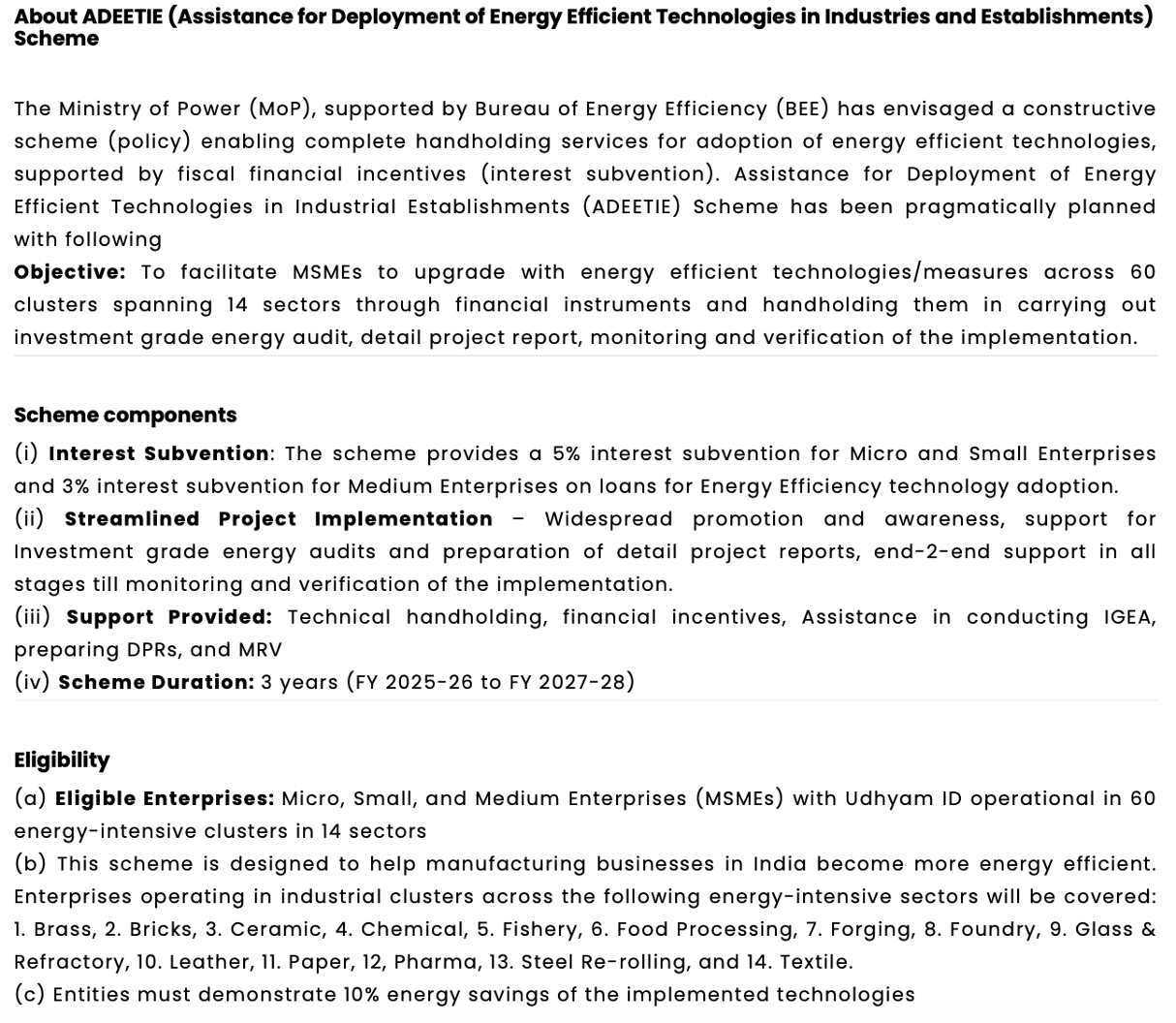
Question 4
International Relations | Places in news | Easy | Indian Express
SOURCE
The Senkaku Islands are located in the:
A. East China Sea
B. South China Sea
C. Pacific Ocean
D. Yellow Sea
Solution & Detailed Explanation
Answer: (A) East China Sea
Detailed Explanation

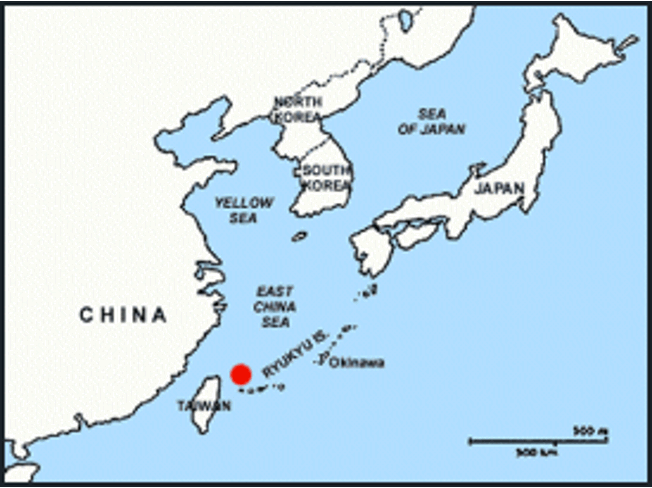
Additional Information
Senkaku Islands
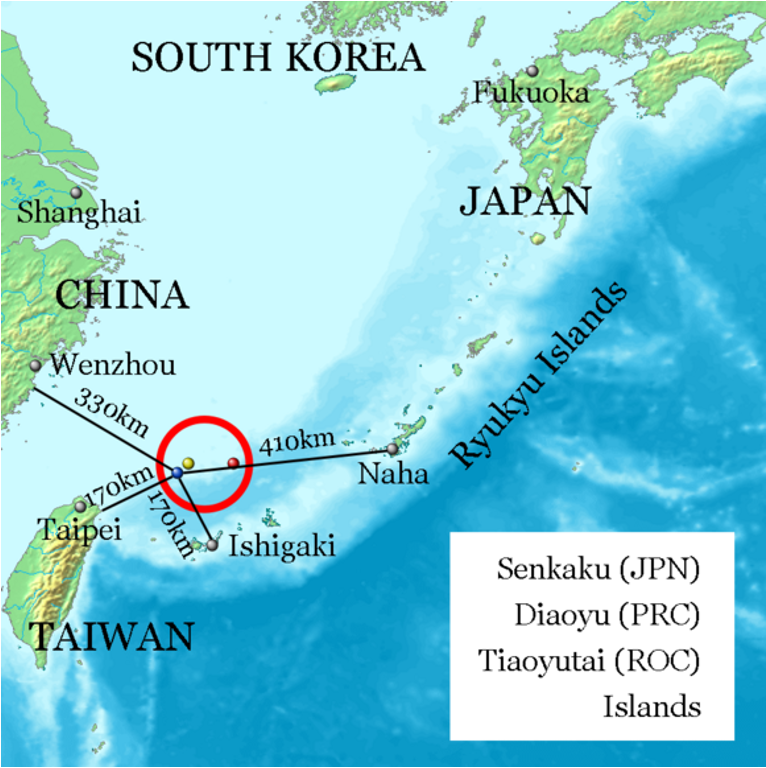
- The islands are the focus of a territorial dispute between Japan and China and between Japan and Taiwan.
- China claims the discovery and ownership of the islands from the 14th century, while Japan maintained ownership of the islands from 1895 until its surrender at the end of World War II.
- The United States administered the islands as part of the United States Civil Administration of the Ryukyu Islands from 1945 until 1972(San Francisco Peace Treaty), when the islands returned to Japanese control under the Okinawa Reversion Agreement between the United States and Japan.
- The discovery of potential undersea oil reserves in 1968 in the area was a catalyst for further interest in the disputed islands.
Question 5
Geography | Earth | Difficult | Indian Express
SOURCE
Consider the following:
1. Higher the earth’s angular movement, lower the moon’s angular movement.
2. When ice melts, the water is pushed away from the equator.
Which of the above statements is or are correct?
A. 1 only
B. 2 only
C. Both 1 and 2
D. None of the above
Solution & Detailed Explanation
Answer: (A) 1 only
Detailed Explanation
- The decrease in Earth’s angular momentum is accompanied by an equal increase in the angular momentum of the Moon, which results in the Moon’s increasing distance from Earth.
- In an opposite case, an increase in Earth’s angular momentum may initially for a short term increase the angular movement of the moon resulting in an increased distance between moon and earth. But after a point the angular momentum of the moon will slow down ultimately.
- When ice melts, the water is redistributed across the Earth’s surface, with a tendency to move towards the equator due to the conservation of angular momentum. As the ice melts, the water spreads out, and because of the Earth’s rotation, the water experiences a centrifugal force that pushes it towards the equator. This redistribution of water mass also affects the Earth’s rotation, slowing it down slightly and causing a subtle increase in the length of the day.
